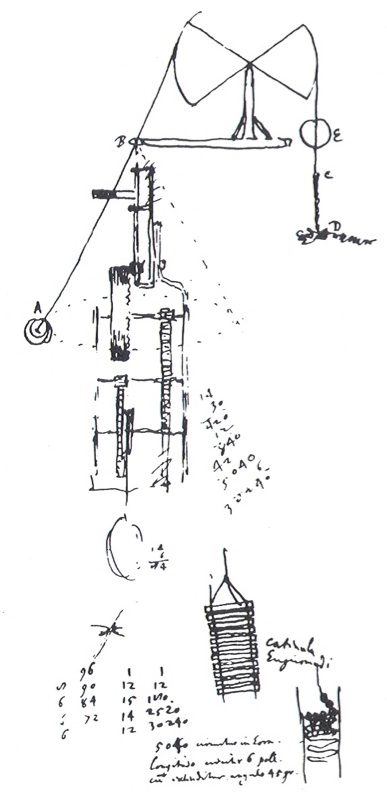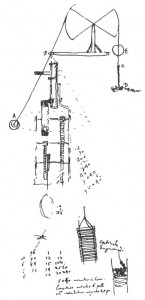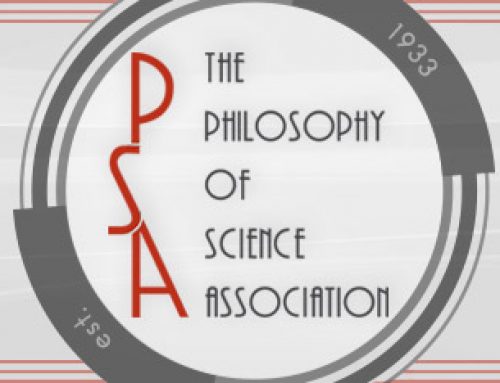BU Conference: “How HPS can contribute to science education” 5/5
The effort to incorporate HPS into K-12 science curricula will require substantial support from the scholarly community. Anyone who has ever taught knows that teachers have hardly a minute to spare. Teaching is mentally and physically challenging and teachers are constantly forced to do more with less. Even if it is true that incorporating HPS will not require more teaching time, as has been suggested, doing so will require teachers to significantly revamp their existing lessons. Unless we make the effort easier for teachers, this reform will not get off the ground. There are currently few teaching resources available, however, and the resources that are available are not in a form that teachers can use. The immense scholarly work produced in HPS is, for practical reasons, inaccessible to K-12 science educators. The HPS community, therefore, must play an active, supporting role in the development of HPS oriented curricular materials.
The working group I participated in proposed the creation of an electronic system for collecting HPS oriented materials in such a way that allows teachers to customize them to meet their own needs. But, as noted above, teachers cannot be expected to participate in developing these materials while teaching full time. Funding is needed, therefore, to cover the costs of pulling teachers out of the classroom to take part in the development of the needed resources. Funding is also necessary for HPS scholars to take part in this effort. This, of course, will be difficult, at least in the United States, since many legislators and voters seem to think that education spending can be slashed without loss.
There is, perhaps, an even more significant problem, however. Teachers are products of the system we w
ant to reform. Both professional groups, therefore, need explicit HPS training themselves. The teacher educators I met at this conference are making a valiant effort to teach their pre-service teachers HPS. Teaching the nature of science (NOS) was the focus of many of the attendees. Unfortunately, it appears that at least the most vocal attendees are unaware of some of the most significant insights gained in HPS in the decades since Kuhn’s “The Structure of Scientific Revolutions.” This is not surprising, however, because teacher educators are also products of the system in need of reform. Historians and philosophers of science, being specialists in studying the history and philosophical foundations of science, are in the best position to teach this to teachers and teacher educators.
I am not, by any means, pinning this problem solely on teacher educators. Evidently the extent to which HPS is isolated from the education community has not always been so great. There have always been HPS scholars engaged with the education community, including today. What is needed is for the HPS field as a whole to realize that their isolation, which may be beneficial for the sake of individual researchers, is very costly. Presumably, historians and philosophers of science do what they do because they think it is interesting and important. Sadly, this isolation means that the education community is deprived of the richness that HPS can bring to science education. Consequently, teacher educators, who do, in fact, value HPS, are forced to reinvent the wheel. Teacher educators, with a few exceptions of course, do not do physics research. Neither should they have to do philosophical foundations of physics research.
The Rotman Institute has an opportunity to contribute to solving this problem. Funding conferences aimed at bringing the parties together would help. Better, perhaps, would be to fund Institute faculty and graduate students to be involved in local teacher education programs. Wouldn’t it be great if, for instance, physics teachers taught the concept of mass from the point of view of Newton who struggled to get the concept himself, or if students studied pendulum motion knowing that, in 1659, Huygens had used pendulums to obtain complimentary measures of the strength of surface gravity to four significant figures? Teacher educators know how to study whether this approach to mass is helpful for student learning. Some may want to—but should not have to—do Newton scholarship on their own. Especially not at a time when Newton scholarship in HPS is as rich and nuanced as it is today.





